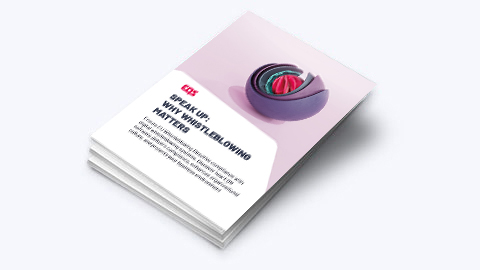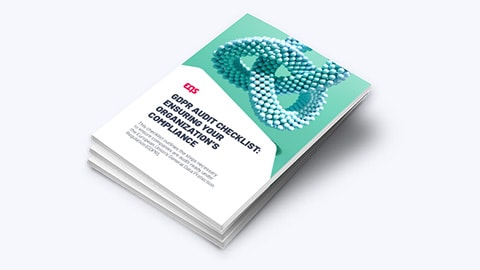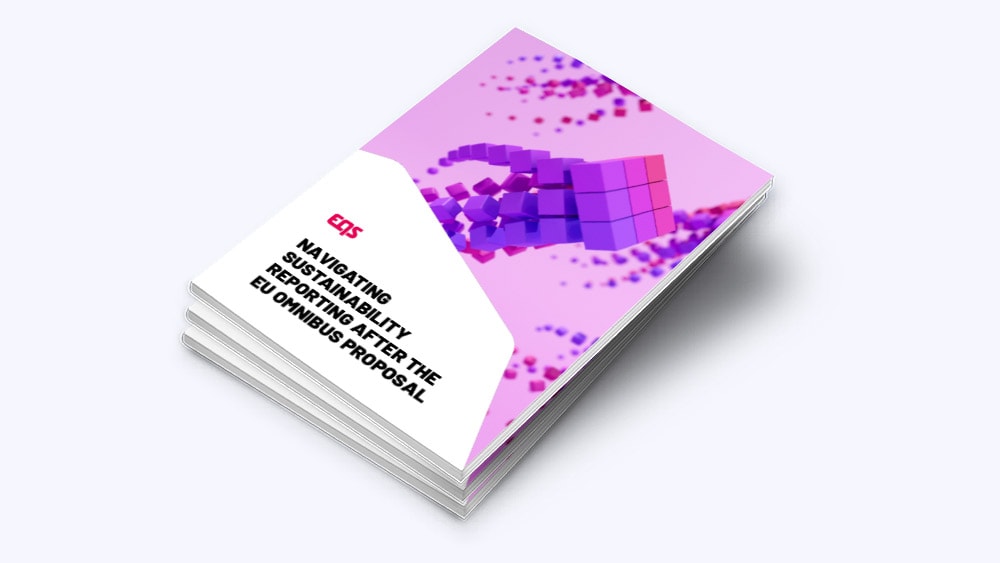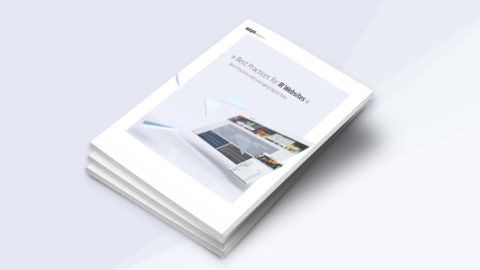Why a Risk-Based TPRM Approach Protects Your Business
The Hidden Cost of Treating All Third Parties Equally
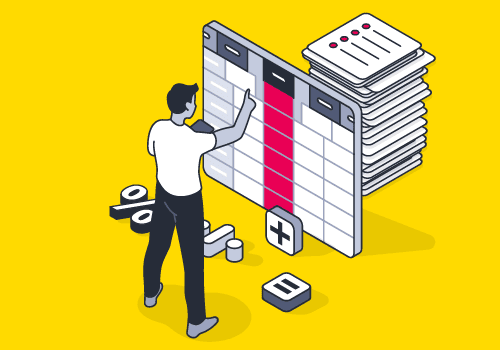
Your compliance team is trapped in a paradox: regulators expect more, third-party networks grow more complex, and budgets rarely keep pace. Meanwhile, your third-party risk management approach treats the corner coffee supplier with the same rigor as your core technology provider.
This isn’t just inefficient – it’s strategically dangerous.
While your team burns hours on low-risk relationships, high-stakes partnerships slip through with inadequate scrutiny. The unsurprising result of this is compliance fatigue, budget overruns, and the exact risk exposure you’re trying to prevent.
Our latest white paper ‘Why a Risk-Based TPRM Approach Protects Your Business’ cuts through the noise, presenting a practical, five-phased risk-based framework that allocates resources proportionally to actual risk exposure.
When Everything is a Priority, Nothing Is
The core premise is simple: not all third parties deserve equal scrutiny. Some are high-risk, demanding deep due diligence; others are low-risk and require far less.
Consider this scenario: Your team spends the same 40 hours vetting a marketing consultant and a payment processor handling millions in transactions. The opportunity cost isn’t just time – it’s the sophisticated cyber threat actor who infiltrated your supply chain while you were documenting the marketing firm’s office lease.
Beyond Compliance Theater: The Strategic Advantage
Introducing a practical framework for efficient and defensible TPRM, the white paper that doesn’t just offer theoretical concepts – it provides a practical blueprint used by organizations managing thousands of third-party relationships without expanding their compliance teams.
Phase 1: Sort smart from the start
Move beyond generic risk categories. The framework uses multiple streams – financial health, geographic exposure, regulatory history, and operational criticality – to create nuanced risk profiles that reflect real-world threats.
Phase 2: Leverage your existing arsenal
Before deploying expensive external resources, the approach maximizes internal data and automated screening tools. Most organizations already possess 60-70% of the intelligence needed for risk classification – they simply lack a systematic method to synthesize it.
Phase 3: Surgical external investigation
When additional investigation is warranted, targeted questionnaires and Enhanced Due Diligence (EDD) focus precisely on identified risk vectors. No more 200-question surveys for every vendor relationship.
Phase 4: Defensible decision architecture
Every engagement decision follows documented, risk-proportionate criteria. This creates audit-ready documentation while enabling consistent, defensible choices across your organization.
Phase 5: Dynamic risk monitoring
Static annual reviews miss emerging threats. The framework establishes continuous monitoring protocols that adapt to changing risk profiles and regulatory landscapes.
Regulatory Alignment without the Bureaucracy
Compliance professionals understand the challenge: regulators expect sophisticated risk management, but they don’t provide additional budget or staff. The framework addresses this tension by aligning with global standards – DOJ guidelines, OECD principles, ISO 37001, and FATF recommendations – while remaining operationally practical.
The approach integrates seamlessly across compliance domains. Your anti-bribery program informs data privacy assessments. ESG considerations enhance AML screening. The result is comprehensive coverage without duplicative effort.
The Technology Imperative
Even the most elegant framework fails without proper execution capabilities. Manual processes cannot scale with modern third-party networks or adapt to evolving risk landscapes. This operational reality drives the need for sophisticated technology solutions.
Unlike complex, enterprise-grade solutions that require large teams and deep pockets, EQS’s Third Parties module is purpose-built for mid-sized organizations that need robust compliance without the heavy operational burden.
The platform addresses every phase of the risk-based approach:
- Centralize all third-party data in one easy-to-use platform.
- Automate risk classification using pre-configured, customizable frameworks.
- Simplify and track internal business justifications.
- Deploy targeted, risk-based questionnaires without overcomplicating workflows.
- Integrate UBO verification, screening, and EDD with minimal manual input.
- Automate mitigation assignments and follow-ups to stay on top of outstanding tasks.
- Monitor third-party risks continuously with intuitive dashboards built for lean teams.
With EQS, mid-sized enterprises gain access to enterprise-grade risk management capabilities – without the complexity or cost typically associated with larger, resource-heavy systems.
Get the Full Framework
Access the full white paper now and discover:
- The complete five-phase framework with detailed, actionable steps for implementation.
- A practical self-assessment tool to benchmark your current TPRM maturity.
- Sample risk classification criteria and internal justification processes.
- Guidance on Enhanced Due Diligence (EDD) and Ultimate Beneficial Ownership (UBO) verification.
- Insights on aligning your program with global regulatory standards and ESG expectations.
- Operational tips for optimizing efficiency without sacrificing compliance rigor.

Quantifiable Impact
Organizations implementing risk-based TPRM report consistent outcomes:
- 30-50% reduction in due diligence processing time
- 25-35% decrease in compliance program costs
- Improved risk detection rates through focused attention on high-risk relationships
- Enhanced stakeholder satisfaction due to proportionate requirements
- Stronger regulatory positioning through defensible, standards-aligned processes
These improvements aren’t theoretical – they reflect measurable operational changes when resources align with actual risk exposure.
Experience the Framework in Action
Reading about risk-based TPRM and implementing it are different challenges. Request a personalized tour of EQS’s Third Parties module to see how technology transforms framework principles into operational reality.
